Is it possible to eat bread if you cut off a piece with mold: consequences for the body
Content:
No person in his right mind would eat moldy bread. But many people cut off the spoiled piece and eat the remaining crumb. After all, it’s a pity to throw the entire loaf in the trash, especially if the bread was just bought at the store. But what are the health consequences of such savings?
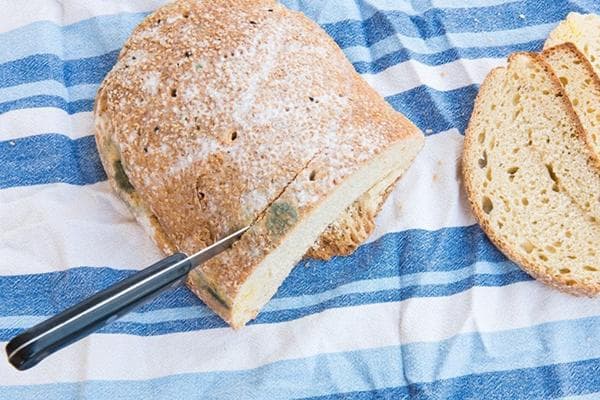
Is it possible to cut mold off bread?
Mold is microscopic fungi. They reproduce quickly in warm, moist environments but can survive in extreme temperatures.
Today there are about 200,000 species of mold microorganisms in the world. And 50,000 of them are dangerous to human health. They release mycotoxins that poison the body and disrupt the functioning of internal organs. Aflatoxin and T-2 are especially harmful and can be fatal.
Bread mold is a pathogenic type of fungus. The grey-green “moss” you see on the bread is just the “tip of the iceberg”. These are fruiting bodies. But the thinnest threads stretch down from them, which can only be seen under a microscope.Due to the soft and porous structure of bread, they spread with lightning speed and affect up to 90–100% of the crumb. Therefore, there is no point in cutting off only a piece with visible mold.
Why is bread mold dangerous to human health?
If a person has eaten a small amount of pathogenic fungi, he may not even notice changes in his health. However, this does not mean that mold is safe for your health.
Negative consequences may take several months or years to appear.
Liver dysfunction
The liver is responsible for neutralizing bread mold mycotoxins. By eating contaminated bread, you create increased stress on this internal organ. And constant contact of the liver with toxins increases the risk of developing cirrhosis.
Digestive disorder
Occurs if you eat a large amount of spores at one time.
The following symptoms are typical for poisoning from spoiled bread:
- nausea;
- vomit;
- diarrhea;
- bloating;
- severe dehydration (dry mucous membranes and severe fatigue).
In such a situation, it is recommended to rinse the stomach. Then drink activated carbon (1 tablet per 10 kg of body weight). Or take another available adsorbent.
Respiratory problems
The moist and warm mucous membrane of the respiratory tract is an ideal environment for the survival of bread mold spores. When ingested, fungi weaken local immunity. As a result, a person more often suffers from ARVI, sinusitis, pharyngitis and other respiratory diseases.
Mycotoxins are especially dangerous for allergy sufferers and people with bronchial asthma. If such people eat moldy bread, they risk severe attacks.
Dangerous diseases
Aspergillus is considered the most dangerous type of mold.They often attack starchy foods such as bread, cereals and potatoes.
Aspergillus can cause the following diseases:
- tuberculosis;
- osteoporosis;
- dementia;
- aspergillosis of the respiratory tract (complications - meningitis and encephalitis).
At the beginning of development, toxic fungi are white. But then they are able to take on any color, in particular yellow, gray or gray-green.
A number of scientists believe that some types of mold spores can even cause cancer. Another dangerous disease associated with the consumption of fungi is zygomycosis. In this case, mold blocks blood flow and causes oxygen starvation of cells, which can lead to the death of the patient.
Is it possible to give moldy bread to birds?
You should not give moldy bread (even trimmed bread) to birds. Mycotoxins are even more dangerous for them than for humans. The reason is low body weight and a sensitive respiratory system.
Even a couple of crumbs can be deadly. If you are feeding birds for a good reason, feed them only fresh food.
How to store bread so it doesn't go moldy?
Tiny particles of mold spores are present in any kitchen. Therefore, it is necessary to limit the contact of bread with open air. Wrap the product in a clean plastic bag and store it in a dry container.
From a safety point of view, it is best to store bread in the refrigerator. But the humidity in the chamber should not be higher than 45–50%. It is worth recognizing that with this storage method the taste quality is significantly reduced.
At the same time, try not to store the product for longer than 3 days. After all, mold in the crumb begins to form from the inside, and you may not notice it. If you feel a change in taste, it means the bread has already begun to deteriorate.
So, eating moldy bread is absolutely forbidden. Neither people, nor birds, nor any other living organisms. At best, mild digestive upset occurs, and the liver quickly neutralizes toxins. But at worst, dangerous chronic diseases can develop. Take care of your health and eat only fresh foods!
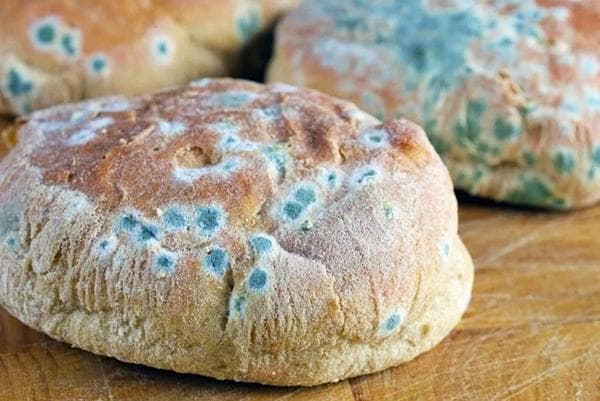


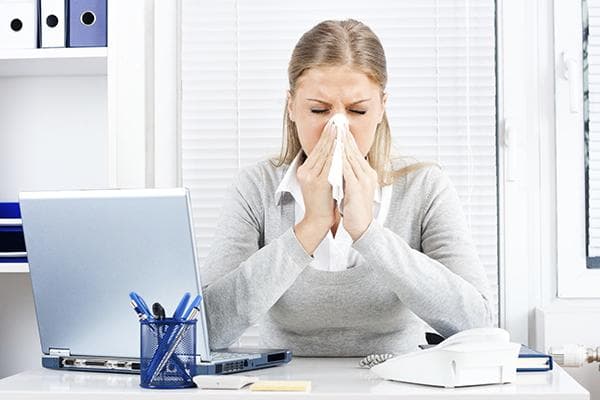


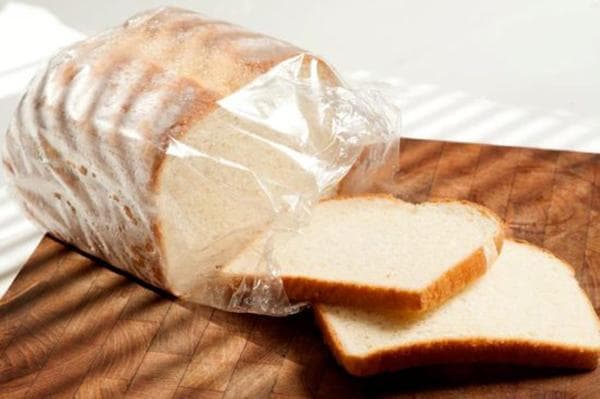
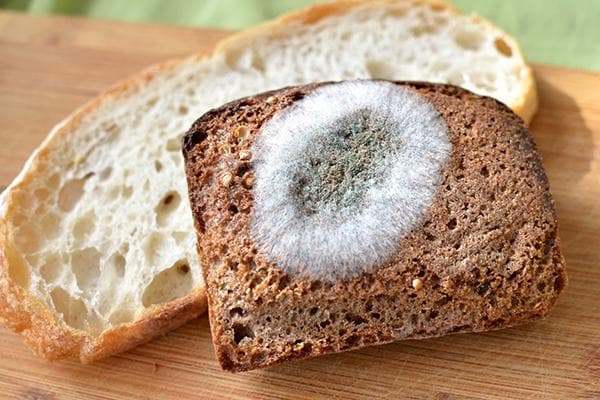
Where have you seen such mold on a loaf “just from the store”??? Nothing smarter came to mind?